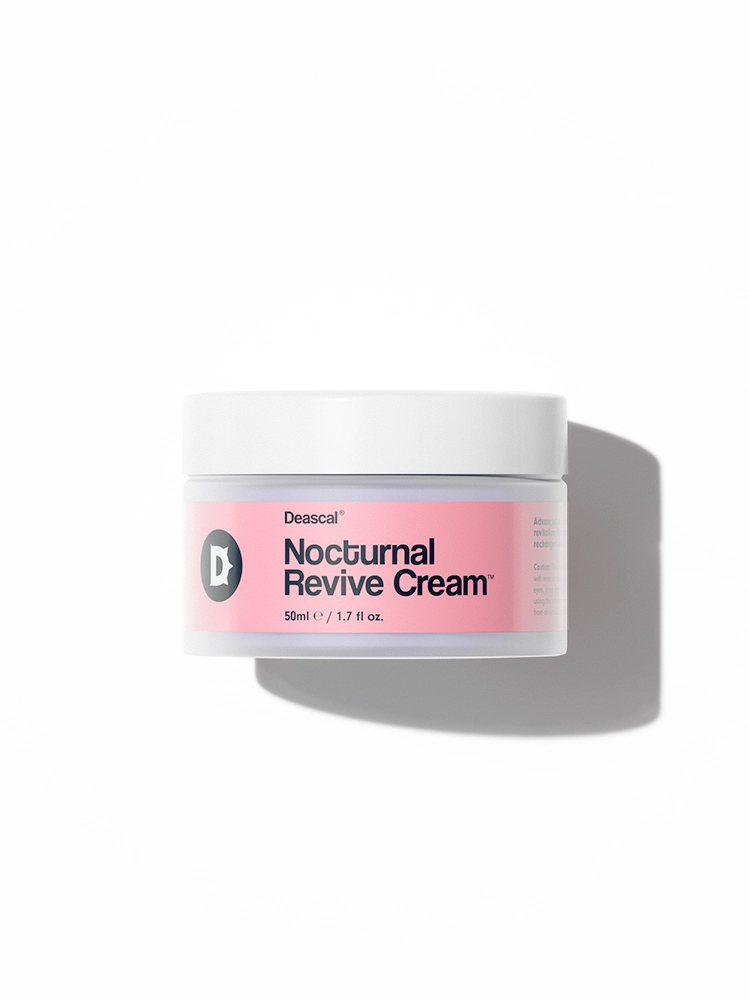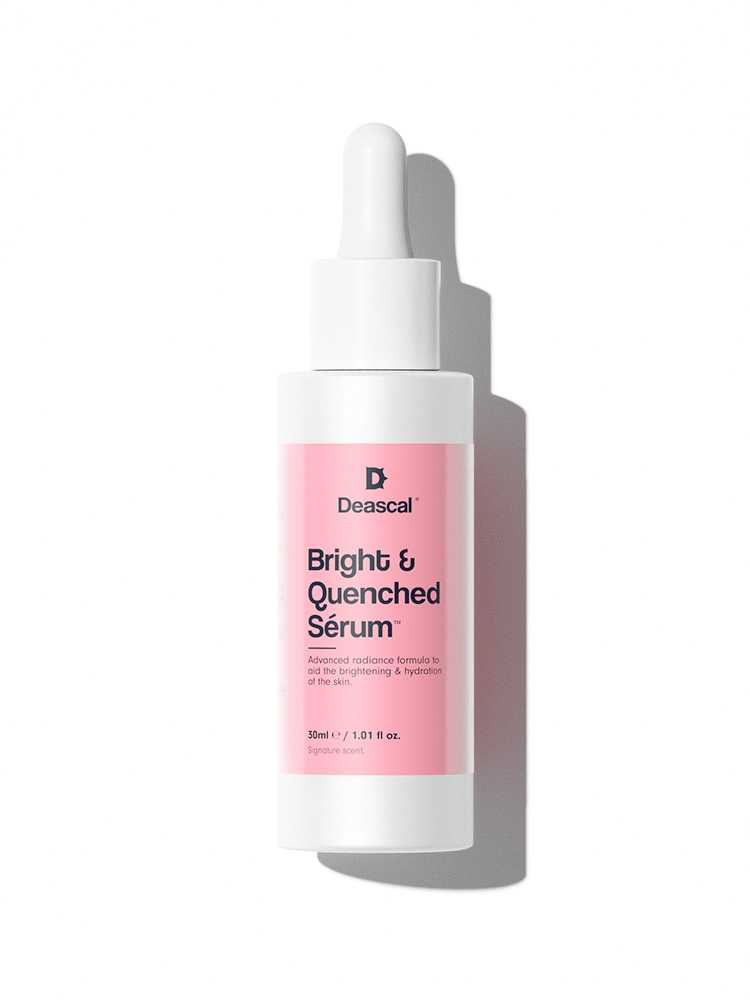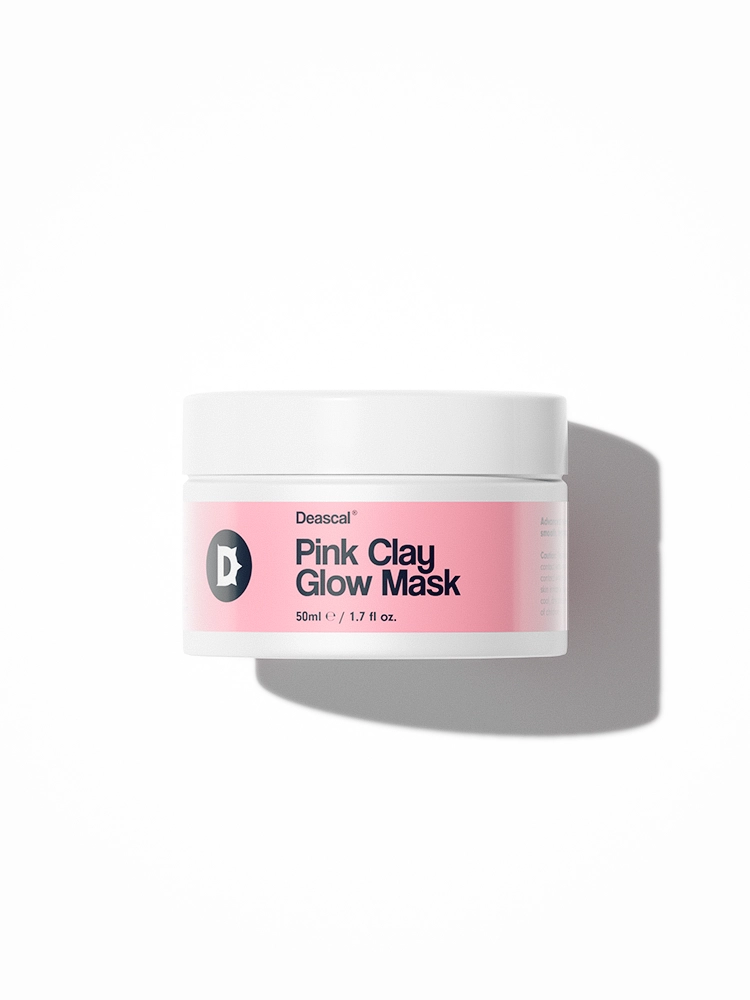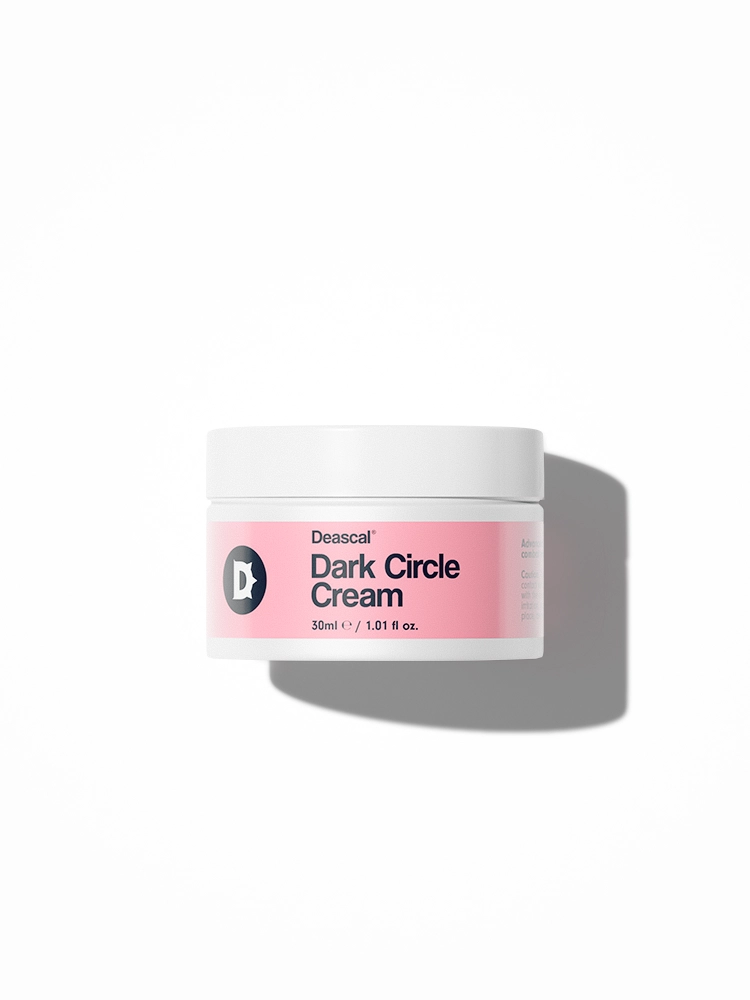What Is Cetrimonium Bromide?
Cetrimonium Bromide, also known by its chemical name 1-Hexadecanaminium, N,N,N-trimethyl-, bromide, is a versatile ingredient commonly found in various cosmetic products. This compound is a quaternary ammonium salt, which means it contains a positively charged nitrogen atom. It is often referred to by other names such as CTAB or Cetyltrimethylammonium Bromide.
The history of Cetrimonium Bromide in cosmetics dates back several decades. Initially, it was utilized for its antimicrobial properties, which made it an excellent choice for preserving the shelf life of cosmetic products. Over time, its antistatic and emulsifying capabilities were also recognized, leading to its widespread use in hair conditioners, shampoos, and skin care products.
The production of Cetrimonium Bromide involves a chemical reaction between cetyl alcohol and trimethylamine, followed by the addition of hydrobromic acid. This process results in the formation of a white, crystalline powder that is highly soluble in water and alcohol, making it easy to incorporate into various formulations.
The Benefits/Uses of Cetrimonium Bromide
In this section, we will delve into the officially recognized cosmetic benefits and uses of Cetrimonium Bromide:
Antimicrobial
Cetrimonium Bromide is known for its antimicrobial properties. This means it can help inhibit the growth of microorganisms such as bacteria and fungi. In a cosmetic context, this is particularly beneficial for products like shampoos, conditioners, and lotions, as it helps keep them free from harmful microbes that could spoil the product or cause skin issues.
Antistatic
One of the standout benefits of Cetrimonium Bromide is its antistatic function. This is especially useful in hair care products. By reducing static electricity, it helps to prevent hair from becoming frizzy and unmanageable. This makes it a popular ingredient in conditioners and leave-in treatments, providing smoother, more manageable hair.
Preservative
As a preservative, Cetrimonium Bromide extends the shelf life of cosmetic products. It helps to maintain the integrity and effectiveness of the product over time by preventing the growth of bacteria and fungi. This ensures that your favorite creams, lotions, and hair care products remain safe and effective for longer periods.
Emulsifying
Cetrimonium Bromide also acts as an emulsifying agent. This means it helps to blend ingredients that typically don’t mix well, such as oil and water. In cosmetics, this is crucial for creating stable and uniform products. Whether it’s a lotion, cream, or serum, the emulsifying properties of Cetrimonium Bromide ensure a consistent texture and performance.
Note: the listed benefits above are exclusively based on the officially recognized and defined functions of the ingredient, as documented by the International Nomenclature of Cosmetic Ingredients (INCI).
Potential Side Effects & Other Considerations
Cetrimonium Bromide is generally considered safe for use in cosmetic products, but like any ingredient, it can cause side effects in some individuals. Here are some potential side effects of topical application:
- Skin irritation
- Allergic reactions
- Contact dermatitis
- Eye irritation (if it comes into contact with the eyes)
Regarding individuals who are pregnant or breastfeeding, data and research on the topical usage of Cetrimonium Bromide during pregnancy and breastfeeding are lacking. Therefore, it is advisable for these individuals to consult a healthcare professional for further advice before using products containing this ingredient.
Adverse reactions to Cetrimonium Bromide are relatively uncommon, but they can occur. It is recommended to conduct a patch test before widespread usage to ensure there are no adverse reactions.
In terms of comedogenicity, Cetrimonium Bromide scores a 1 on a scale of 0 to 5, where 0 is totally non-comedogenic and 5 is highly comedogenic. This low score indicates that it is unlikely to clog pores and cause acne or blemishes, making it generally suitable for individuals prone to breakouts.




